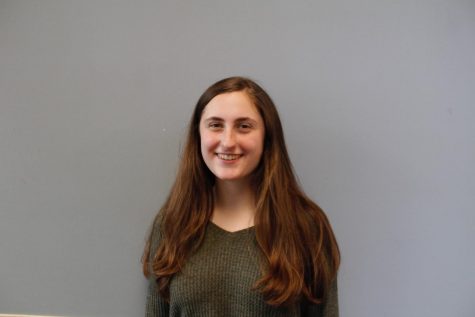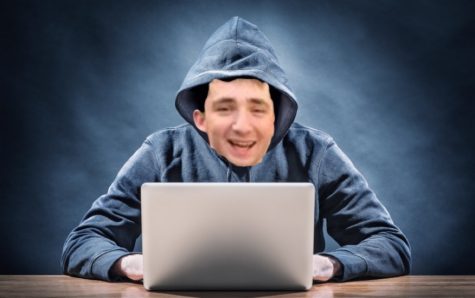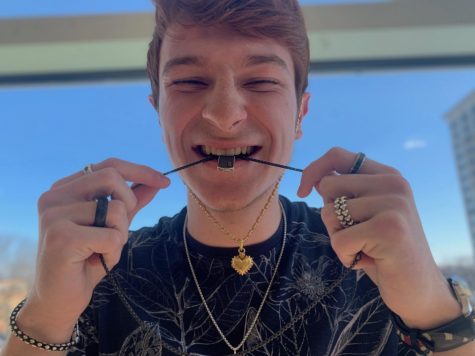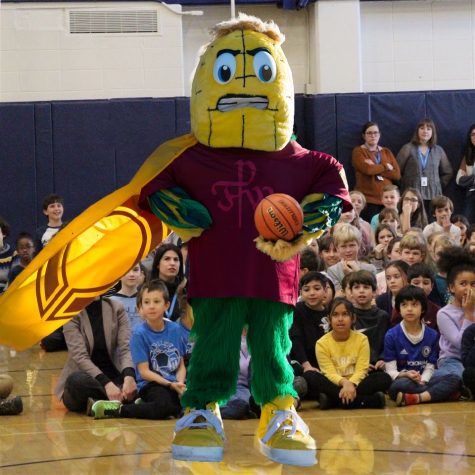Astrophysics to the Moon
Turk Selected to be Next Visiting Scientist for his Success
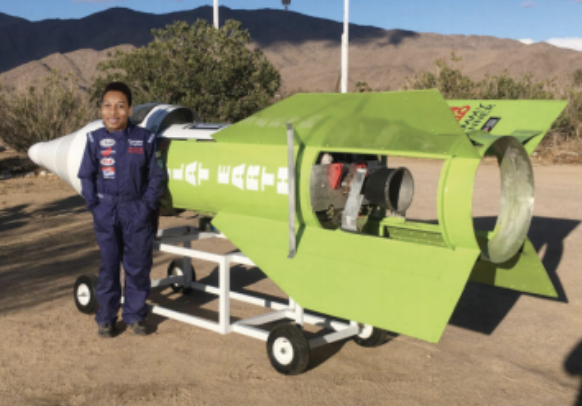
Photo credit: Sarah-Jayne Austin
Junior Matthew Turk, Future Visiting Scientist, has always “wanted to outdo Phineas and Ferb.”
Editor’s Note: The piece below was published in The Weekly’s 2019 “Joke Issue.” All content, quotations, and other features are entirely fictitious.
Junior Matthew Turk watched as his creation soared above his head, shrinking as it climbed up into the atmosphere. Beside him on the field stood the other four members of Astrophysics club, marveling at their accomplishment: the rocket they’d built had finally reached space and landed on the moon.
The project was spearheaded by Turk, who had multiple motivations. First, he wanted redemption for his previous failure in rocketry — Turk’s model rocket for a physics lab never launched because it was built with faulty batteries. In addition, he was competitive to be the most accomplished in the field. “Ever since I was a young child, I strived to become the very best,” Turk said, “meaning, I needed to outdo Phineas and Ferb. They built a rocket, but, pathetically, theirs never landed on the moon like mine did.”
The launch was recognized in an email sent to the community by Athletic Director Bobby Starks. “Okay, I do know that astrophysics isn’t an IHSA sport,” Starks said, “but please help me congratulate our athletic and activities teams as they continue to push for excellence.”
Astrophysics Club Faculty Advisor and Upper School science teacher Xiao Zhang is ecstatic that their rocket reached space. “When our test rocket broke that window in the library, I was concerned that maybe it wouldn’t work out,” Zhang said. “But now, the process and our success shows how strong Parker is in STEM.”
Just days after the launch, the Science Department held an impromptu meeting to discuss programming for next year. A NASA Engineer was slated to be the visiting scientist, however, the teachers decided Turk would be able to provide more insight into the field of rocket science. Subsequently, he was offered the role.
Turk was ambivalent. “I almost didn’t accept it,” he said. “Being the visiting scientist isn’t really part of my life’s trajectory. I thought, ‘why would a future Nobel laureate want to speak at Parker?’ But I came to the conclusion that the community would benefit from hearing me explain the intriguing mysteries of our universe.”
As for the annual visiting scientist field trip, Turk mentioned that he would like to give interested students a tour of his bedroom — a venture that excites junior Claire Levin, the Astrophysics Club Vice President. “It’s incredible to me that Parker students would be provided such an opportunity to see the home of genius,” she said.
Turk provided some of his plans for the tour. “I would show them my computer with rocket simulations, my long pages of calculations, and the onesie I wore when I was 12 — the age when I fell in love with space — that has aliens on it.”
As for the future of the club, Astrophysics Club Communications Director and junior Jared Saef explained that it will refocus to tackle issues closer to home. “We identified a grave problem,” Saef said. “During the winter and early spring, frigid temperatures deter students from walking to Starbucks for their breaks. We would like to solve that disappointing reality by building a rocket that will fly us to Starbucks and back.”
Principal Dan Frank ‘74 is proud that the club now has a civic-minded mission. “In an embryonic democracy, it is essential that students work to improve the community,” Frank said. “If transportation to and from Starbucks would increase morale, it would be a hindrance to not take every action to make it happen.”
